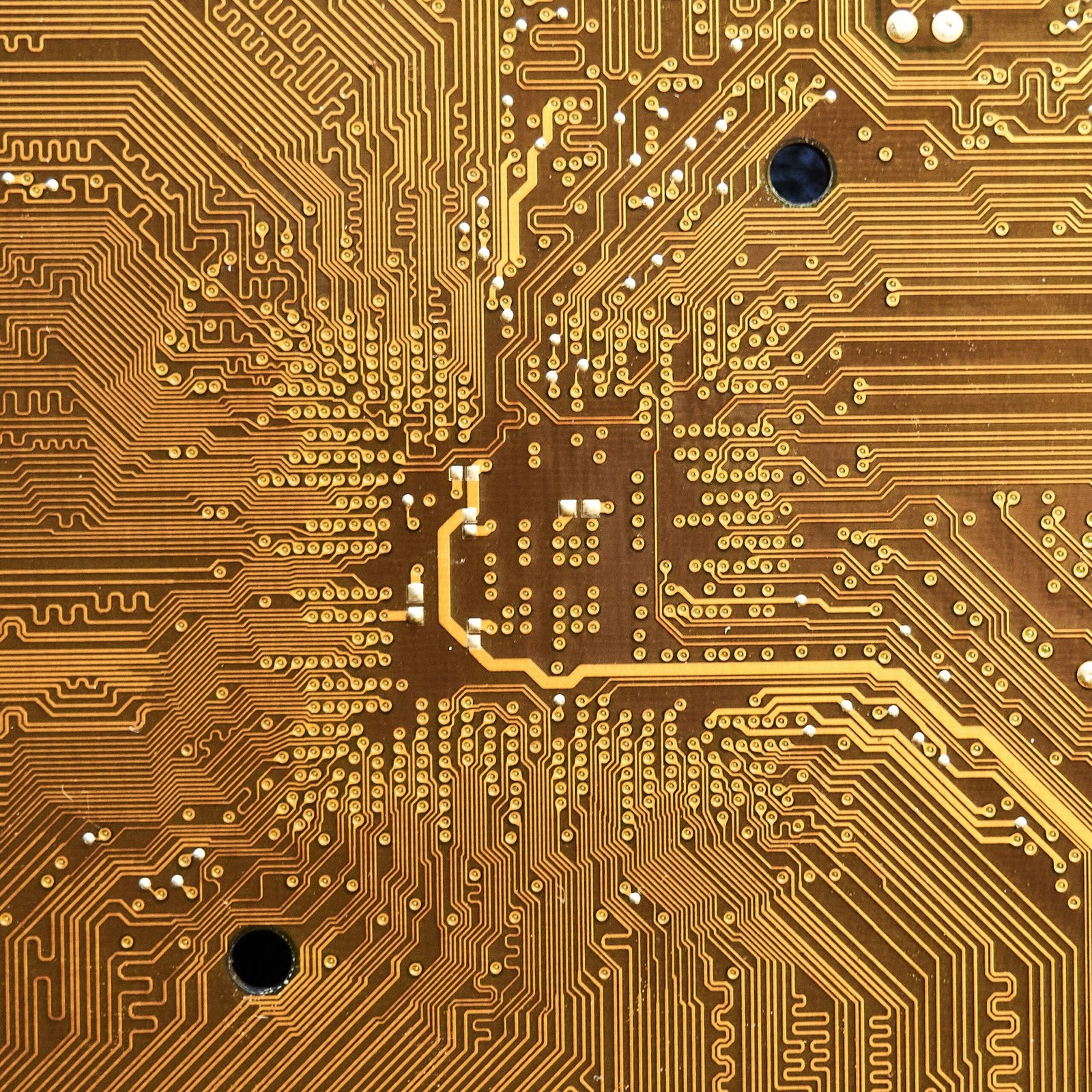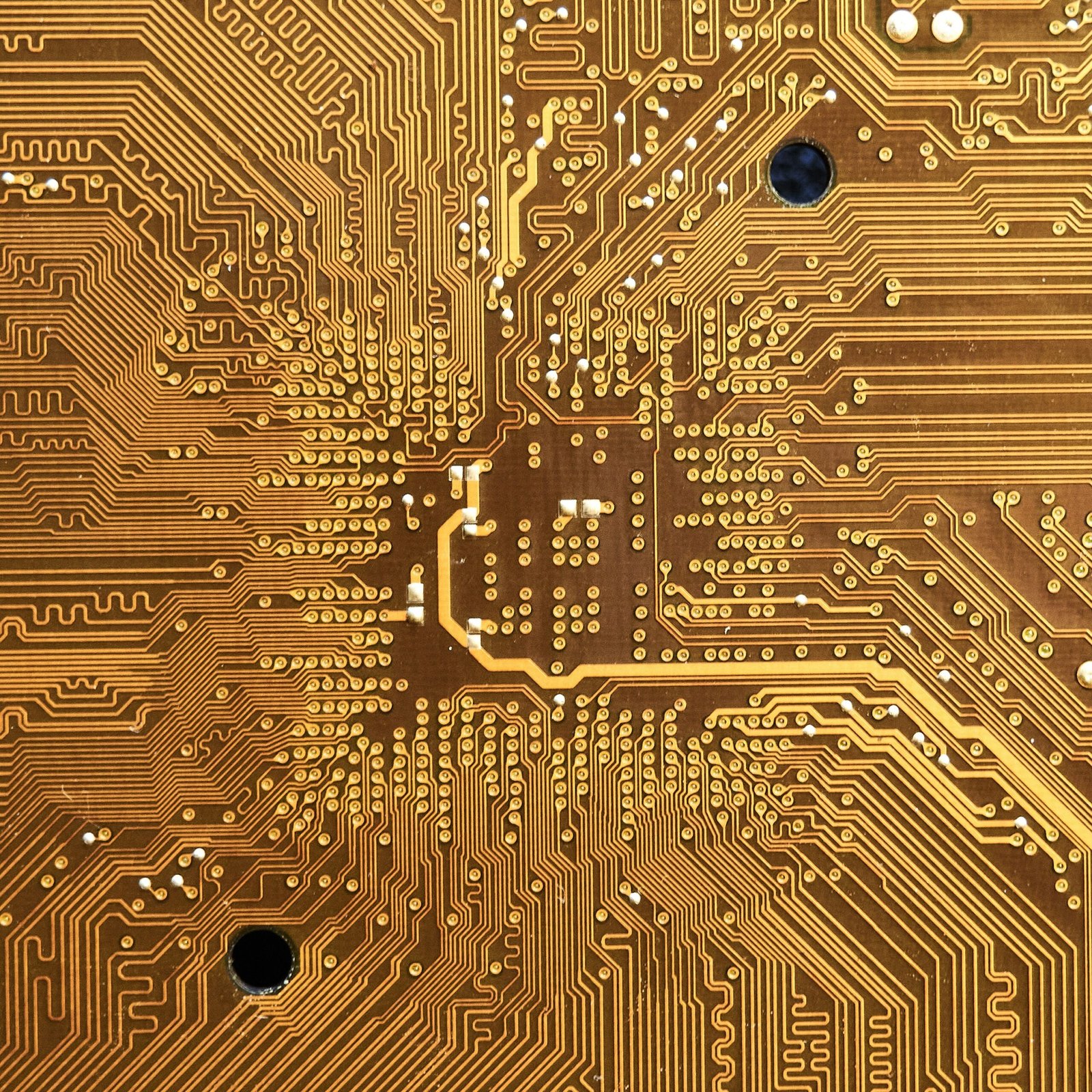Introduction to Quantum Computing and Qubits
Quantum computing represents a paradigm shift in how we process information, transcending the limitations of classical computing. Unlike traditional computers, which use bits as the smallest unit of data, quantum computers leverage qubits. A qubit, or quantum bit, can exist in multiple states simultaneously due to the principles of superposition and entanglement found in quantum mechanics. This unique characteristic allows quantum computers to perform complex calculations at speeds unattainable by classical systems.
At the heart of understanding quantum computing lies the qubit. While a classical bit can represent a state of either 0 or 1, a qubit can represent both 0 and 1 at the same time. This aspect not only increases computational capacity but also enables quantum systems to tackle specific problems more efficiently. Problems such as factoring large numbers, simulating quantum physics, and optimizing complex systems stand to benefit significantly from the computational prowess of quantum systems. As modern computing struggles to keep pace with an ever-growing demand for data processing and interpretation, quantum computing emerges as a viable and potentially revolutionary solution.
Despite its potential, quantum computing remains an area shrouded in misconceptions. Many individuals perceive it merely as an advanced version of classical computing; however, the underlying principles are fundamentally different. It is crucial to grasp the intricacies of qubits and their behavior to fully appreciate the capabilities of quantum systems. In the following sections, we will delve deeper into the nuances of qubits, explore their operational frameworks, and demonstrate their significance within the realm of quantum computing. Understanding qubits is essential as it establishes a foundation for engaging with the advances and challenges posed by this cutting-edge technology.
What are Qubits? The Building Blocks of Quantum Computing
Qubits, or quantum bits, represent the foundational unit of information in quantum computing, diverging significantly from classical bits used in traditional computing systems. While classical bits can exist in one of two states, 0 or 1, qubits possess the unique ability to exist in a superposition of both states simultaneously. This characteristic allows quantum computers to perform multiple calculations at once, greatly enhancing their computational potential.
Superposition is one of the core principles that enable qubits to operate differently from their classical counterparts. When a qubit is in superposition, it can represent not just a single binary state, but a mixture of both states, allowing quantum systems to process an extensive array of possibilities concurrently. Another crucial principle related to qubits is entanglement, which refers to a phenomenon where pairs of qubits become interconnected in such a way that the state of one instantaneously influences the state of the other, regardless of the distance separating them. This feature facilitates complex computations and exponential scaling in the processing power of quantum machines.
Qubits can be realized in various physical forms, each with distinct advantages and challenges. Superconducting qubits, based on Josephson junctions, are currently among the most prominent due to their scalability and performance efficiency. Trapped ion qubits utilize electromagnetic fields to confine ions, enabling precise control and manipulation. Topological qubits, though less mature, hold promise for increased error resistance, addressing one of the critical challenges in quantum computing. These diverse forms of qubits are at the heart of several tangible applications in fields such as cryptography, optimization problems, and drug discovery, exemplifying their role in the ongoing evolution of quantum technology.
How Qubits Work: Principles and Implications for Computing
Qubits, or quantum bits, serve as the fundamental units of quantum computing, distinctly different from classical bits. Unlike a classical bit, which can exist in one of two states (0 or 1), a qubit can exist in superposition, meaning it can simultaneously represent both states. This property enables a quantum computer to process vast amounts of information in parallel, significantly outpacing traditional computing speeds for specific tasks.
Central to the operation of qubits are quantum gates, which manipulate qubits through quantum operations. These gates are the building blocks of quantum circuits, akin to logic gates in classical circuits. Quantum gates exploit phenomena such as superposition and entanglement to perform computations. For instance, the Hadamard gate creates superposition by transforming a qubit’s state to represent both 0 and 1. By leveraging gates like the CNOT (Controlled NOT), qubits can become entangled, creating correlations that classical bits lack.
The implications of these principles are profound, particularly in fields like cryptography, material science, and optimization problems. For example, quantum computing’s enhanced processing capabilities can break traditional encryption methods that rely on the difficulty of factoring large numbers. Research has shown that quantum algorithms, such as Shor’s algorithm, could factor numbers exponentially faster than the best-known classical algorithms. Furthermore, quantum simulations can model molecular interactions more effectively, which is invaluable for drug discovery and materials research.
Statistics illustrate the exponential growth potential of quantum computing power; classical supercomputers struggle with problems involving vast datasets, whereas quantum computers can analyze exponentially larger datasets with relative ease. As we delve deeper into the principles governing qubits, the transformative potential of quantum computing becomes increasingly evident, with promising applications set to revolutionize multiple industries.
Future of Qubits and Quantum Computing: Challenges and Opportunities
The future of qubits and quantum computing is an exciting yet complex landscape characterized by both significant challenges and abundant opportunities. As researchers work to harness the power of quantum mechanics, they face notable limitations, particularly concerning coherence time and error rates. Coherence time—the duration during which a qubit can maintain its quantum state—remains a critical parameter. Current qubit implementations struggle to achieve long coherence times, which are essential for performing complex calculations before quantum information dissipates.
Error rates in quantum operations pose another significant barrier to the effective utilization of qubits. The inherent fragility of qubits leads to the potential for errors in computations, necessitating innovative error-correcting algorithms and fault-tolerant designs. As technology evolves, ongoing research efforts are focused on improving qubit stability and scalability, aiming to develop robust quantum systems capable of handling increasingly complex computational tasks.
Research institutions and industries are investing massively in the refinement of qubit technologies, exploring diverse approaches such as superconducting qubits, trapped ions, and topological qubits. Breakthroughs in these areas could lead to practical quantum computers that outperform classical systems in various applications, including cryptography, drug discovery, and materials science. The implications of such advancements are vast, as they hold the potential to revolutionize industries by enabling solutions to problems currently deemed intractable due to computational limitations.
As we look to the future, it is crucial to engage in discussions about the implications of quantum computing on society. The transformative power of qubits could reshape economic models, privacy, and security paradigms. Therefore, public involvement and dialogue are vital to understanding the ethical considerations and societal impact of quantum advancements. As this field continues to develop, the call for collaboration across disciplines will be essential to fully realize the potential of quantum computing and its qubits.



